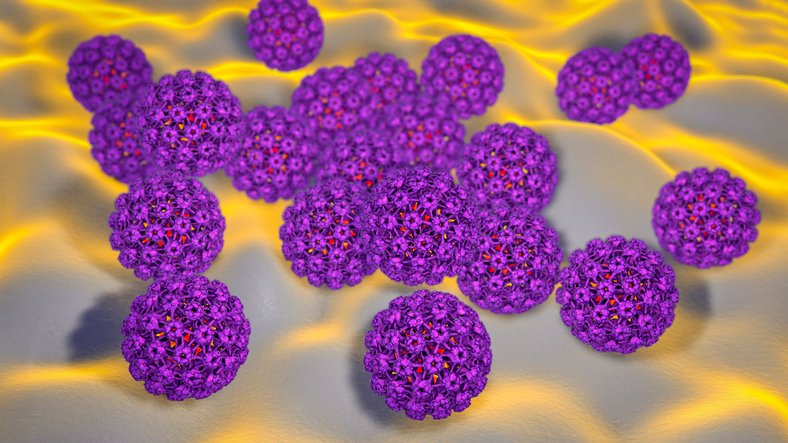Scientists published the first Arab human pangenome in Nature Communications, which was largely accomplished by using PacBio’s HiFi long-read sequencing. The study “A draft UAE-based Arab pangenome reference,” led by Mohammed Bin Rashid University of Medicine and Health Sciences (MBRU), Dubai Health, assembled high-resolution genomes from 53 individuals representing diverse Arab populations across eight countries.
This research resulted in millions of newly identified variants and over 111 million base pairs of previously unsequenced DNA, in genomic regions that were missing from widely used human references.
![Researchers constructed the pangenome reference for healthy Arab individuals from eight Arab countries (the United Arab Emirates (UAE), Saudi Arabia, Oman, Jordan, Egypt, Morocco, Syria and Yemen) all residing in the UAE. [Xavier Arnau/Getty Images]](https://www.genengnews.com/wp-content/uploads/2025/07/GettyImages-1067463014.jpg)
“MBRU’s work demonstrates why population-specific pangenomes matter,” said Christian Henry, president and CEO of PacBio. “We are proud that MBRU, one of our earliest Revio [instrument] customers, has delivered such a historic contribution to global genomics. This study will have lasting impact for research and precision medicine in a historically underrepresented population.”
Despite comprising nearly six percent of the global population, Arab individuals have been largely absent from the datasets that inform genomic research and medicine, according to Henry, who added that relying on PacBio HiFi sequencing in combination with other long-read and ultra-long-read technologies, scientists assembled diploid, haplotype-resolved genomes at exceptional quality, uncovering:
• 111 million base pairs of uncharacterized human genome sequences absent from existing human pangenomes, the T2T-CHM13 and GRCh38 reference human genomes and large-scale databases.
• 8.94 million small and 235,000 structural variants unique to Arab individuals, many undetectable by short-read methods.
• 883 duplicated genes, including TAF11L5, found in every individual studied and potentially linked to recessive disease.
• Over 1,400 base pairs of new mitochondrial DNA, adding resolution to maternal lineage tracking in Arab populations.
These findings have far-reaching implications for understanding disease risk, diagnosing rare conditions, and improving representation in global health research, notes Mohammed Uddin, PhD, senior author of the study and associate professor of human genetics at MBRU.
“By creating a high-resolution Arab pangenome we’re giving scientists and clinicians a tool to make precision medicine more equitable,” pointed out Uddin. “This achievement depended on long-read technologies, notably PacBio’s high quality HiFi sequencing, which allowed us to capture the full complexity of the genome, including structural variation and previously hidden sequences.”
Compared to existing references, the Arab pangenome, or UAE Pangenome Reference (UPR) delivered improved mapping rates, better variant recall, and greater insight into regions tied to recessive disease, many of which are more prevalent in Arab populations due to genetic structure and inheritance patterns, explained Christian Henry.
The UPR is freely available and intended to support ongoing research into genetic disorders, disease predisposition, and population health. Early data suggests that using the UPR as a reference can increase variant detection accuracy in Arab genomes, helping scientists and clinicians better interpret genetic data from this population.
The post First Arab Human Pangenome Sequenced appeared first on GEN – Genetic Engineering and Biotechnology News.



